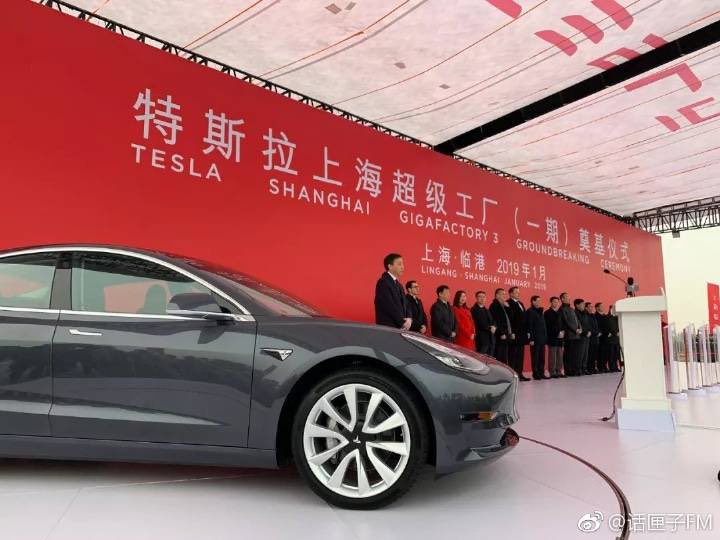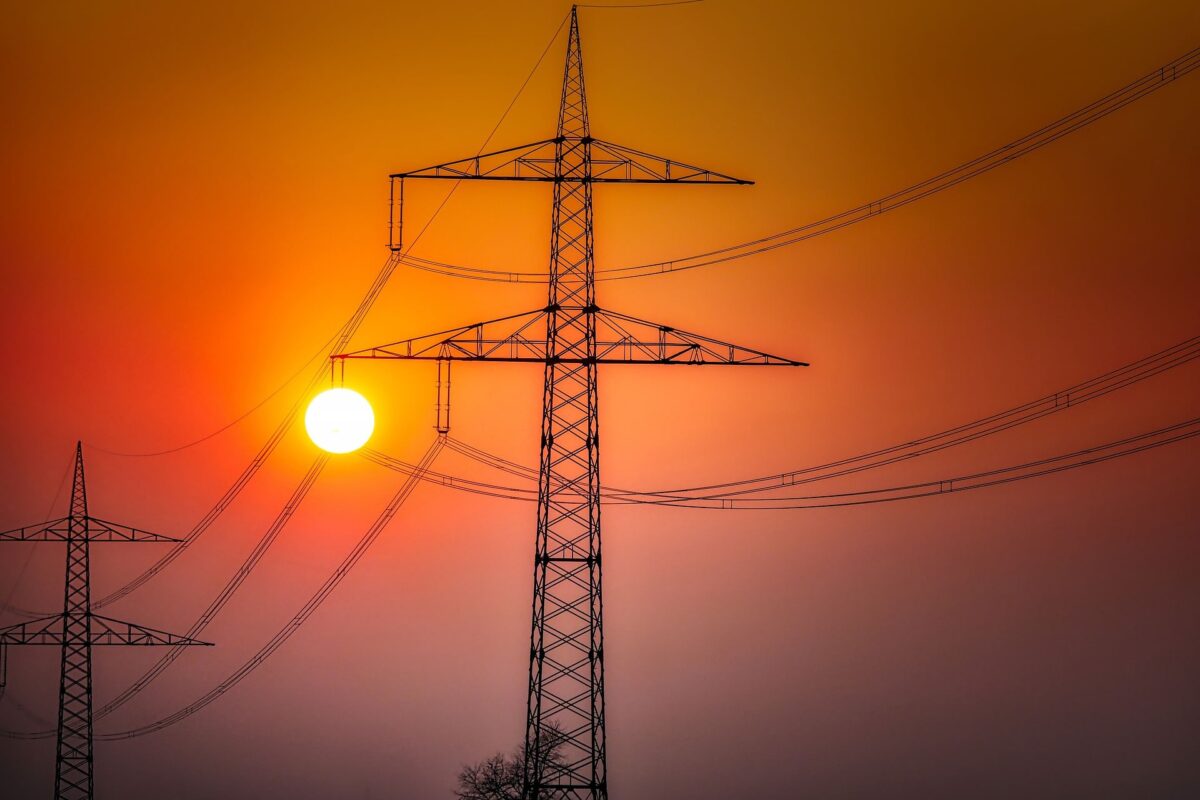Tesla has advertised for solar and energy storage project managers based in Shanghai, as it looks to expand its energy business into China. It’s the first time the California-based automaker has looked to hire for such roles in China. Tesla installed 530 MWh of energy storage in Q4 2019, beating out the previous quarter’s 477 MWh by 11%. Tesla also installed 54 MW of solar in Q4, up 26% from Q3’s 43 MW. Source: The New York Times, Tesla quarterly report
The Virginia Clean Economy Act now heads to Governor Northam after state lawmakers gave it the final passage on Friday. The act plans to eliminate 100% of harmful carbon emissions by 2045 and instead, invest in expanded wind generation, solar and energy storage. Abigail Ross Hopper, CEO of the Solar Energy Industries Association said, ” By 2030, the bill will create nearly 30,000 solar jobs in the Commonwealth and generate billions of dollars of private investment, all while prioritizing solar access for low-income communities.” Dominion Virgina is the state’s largest utility. Source: WHSV, SEIA
The future of Utah’s rooftop solar industry, already reeling after an incentive program ended two years ago, rests in the hands of the Utah Public Service Commission as it weighs how much Rocky Mountain Power must pay its solar-equipped customers for the excess power they pump back into the grid. The monopoly utility, Utah’s largest, sells that power to neighboring homes for about 10 cents per kilowatt-hour, yet it now proposes setting the rate it pays solar-equipped customers for this juice at about 1.5 cents. Source: The Salt Lake Tribune
Novel long-duration energy storage system installed at world’s largest CSP plant. The pilot program from Swedish start-up Azelio — which stores energy in molten aluminum — has been installed at the 580 MW Noor Ouarzazate solar complex (510 MW of CSP and 70 MW of PV). The technology uses electricity to heat recycled aluminum to 600°C. When power is required from the storage unit — which sits inside a shipping-container-style box — the stored thermal energy is transported to a Stirling engine using a heat-transfer fluid. Source: Recharge
Solar turns vicious water-energy-climate cycle into virtuous loop. The International Water Management Institute has launched the Solar Irrigation for Agricultural Resilience project. The new project aims to replace diesel-powered irrigation pumps with groundwater-responsive solar irrigation systems throughout Bangladesh, India, Nepal, and Pakistan. Source: pv magazine international
This content is protected by copyright and may not be reused. If you want to cooperate with us and would like to reuse some of our content, please contact: editors@pv-magazine.com.








From the Utah article: “The monopoly utility, Utah’s largest, sells that power to neighboring homes for about 10 cents per kilowatt-hour, yet it now proposes setting the rate it pays solar-equipped customers for this juice at about 1.5 cents.”
The UPSC will be tested. This is the Berkshire Hathaway push to get rid of net metering and into net billing, where the utility itself has sway in what “net billing” costs are. These investment entities have old in service nuclear plants that can’t compete with $0.015/kWh, adding the avoided costs of ratepayers paying it forward to put in their own systems should also be “accounted” for in the scheme of things. As folks adopt the solar PV technology for themselves, the utilities are NOT removing “fuel” charges and TD&D charges from solar PV going into the (neighborhood) and not being transmitted over miles of power lines. So, even IF the neighbor doesn’t have solar PV and is using excess solar PV from the guy next door, the non-solar ratepayer doesn’t get monitored, or credited by using solar PV with the removal of fuel and TD&D charges, that usury is right up there with the computer programmer that works in a banking firm. The programmer takes the daily financial transfers and (truncate) to the thousandth of a penny, take that amount and put it in a “standby” account every day. At the end of the month transfer this amount into your bank account. It doesn’t seem like much, but it’s out of YOUR pocket and over 20 years it can add up to millions of dollars, because of the volume of transactions.
The bottom line with electric utilities is they are allowed to ask for and usually get an electricity rate increase for “lost revenues”, when the utility doesn’t sell as much electricity to the public at large. Micro-grids are becoming a “thing” in commercial and industrial operations, even without residential solar PV, these large scale micro-grids will create lost revenues for the utility and it will increase your electric rates, with or without solar PV. So, where do YOU want to be in this “between a rock and a hard place”?